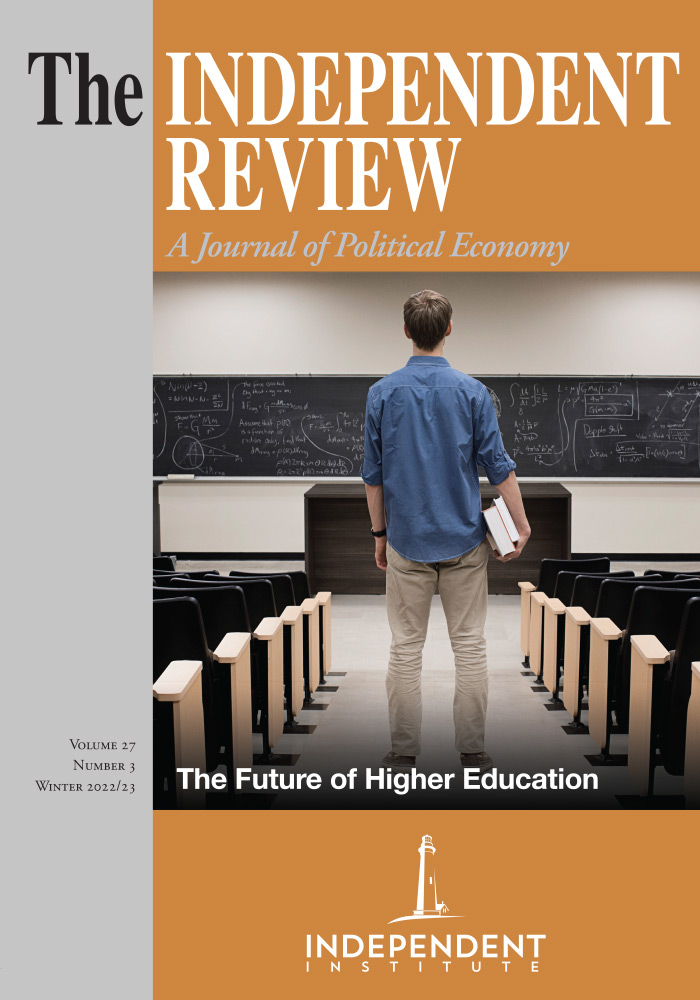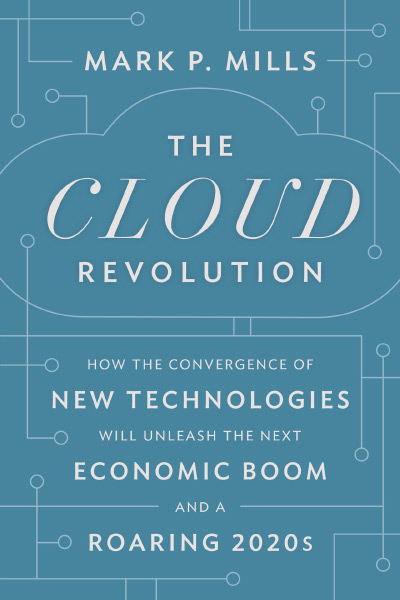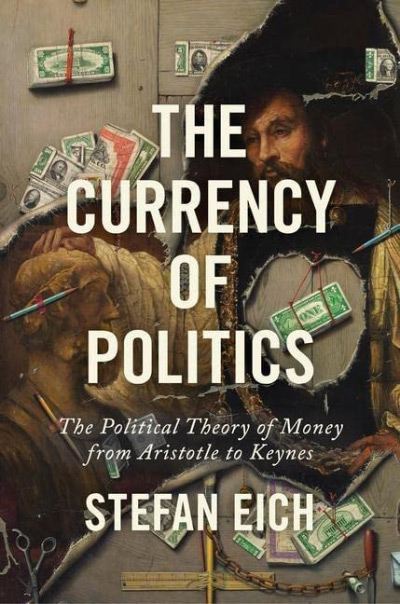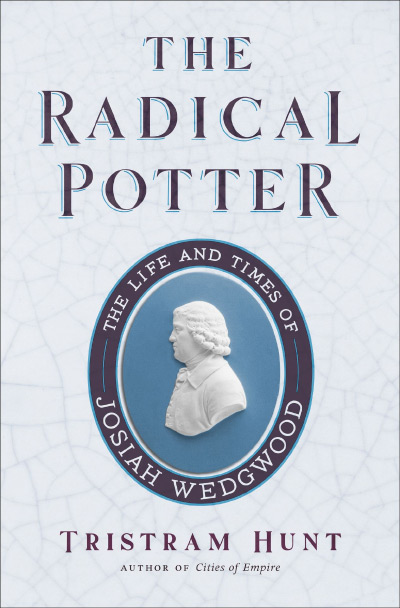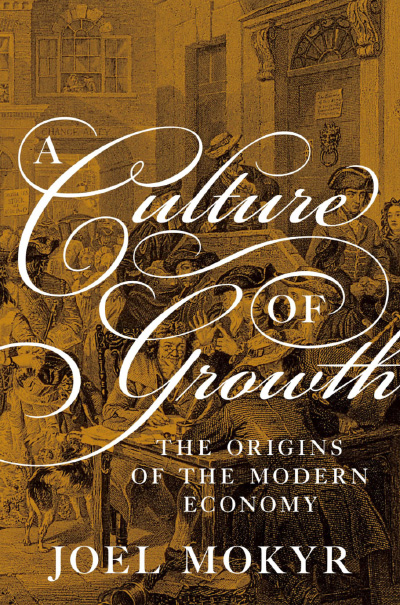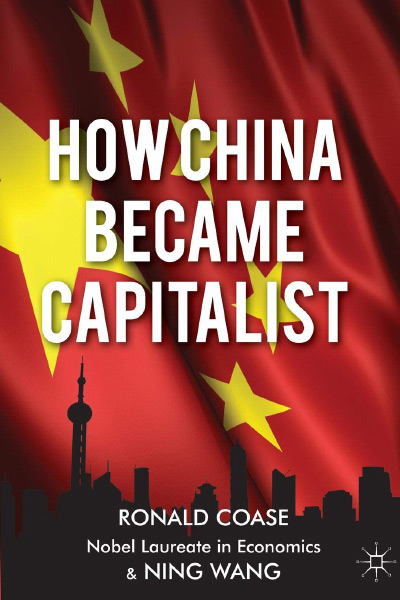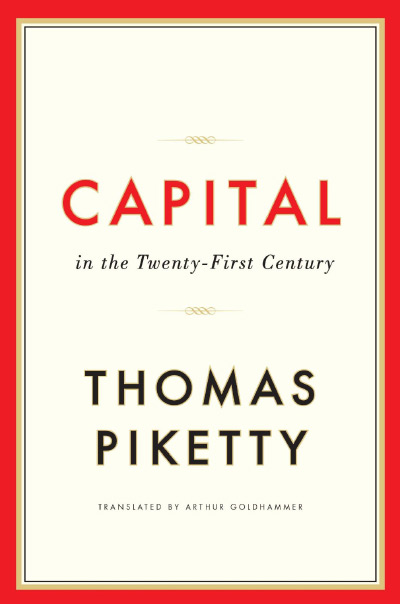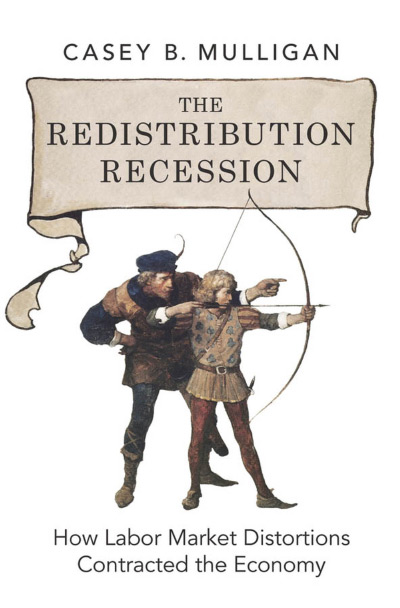We are optimistic that continued technological invention and innovation will improve the quality of life for all people, provided that the virtues of commerce are maintained and not eroded through foreclosure by cronies desiring protection from competition and those willing to trade such protections for political favors. However, there are no guarantees that liberty can be preserved, nor is there any way to be certain that economic growth through technological innovation will continue indefinitely. Mark P. Mills asserts that development of new “Cloud” technologies provides a new infrastructure that will generate economic growth comparable to previous inflections such as the Industrial Revolution and the Roaring 1920s.
This thoroughly researched volume reports a history of technological development and its current state. Upon foundations of understanding laid by Joseph Schumpeter, Robert Solow, and Joel Mokyr (each is cited numerous times), Mills describes economic growth and the “structure of technological revolutions.” He supposes that Nikolai Kondratieff was on to something and perceives that we are due for a new positive inflection point along a Kondratieff cycle in the development of Cloud infrastructure. The Cloud is expected to revolutionize information sharing, development of new physical materials with fantastic properties, and new kinds of machines, that will accelerate productivity while improving the quality of life for everyone. We are to expect a new “Roaring 2020s” that will influence our working lives, our health, education, entertainment, and scientific discovery. Though many futurists worry about climate change, tech monopolies, and foreign competition, Mills remains optimistic in the spirit of Julian Simon.
Cloud Revolution delivers a reliable narrative of progress and survey of crucial discoveries. Mills documents key personalities involved in the discovery of, for example, radios. Invented by Guglielmo Marconi in the late 1890’s and later marketed by David Sarnoff’s RCA (p. 14), “the share of homes owning a radio went from 0.2 percent in 1920 to nearly 100 percent by that decade’s end” (p. 287) and RCA “saw its stock price jump 10,000 percent.” Similar facts, dates, and figures are presented, in narrative form, for inventions that are commonplace for us today. The result is a pleasant and readable history of technology that brings the reader up to date on some very interesting developments. For example, “in Japan, obstetric hospitals offer pregnant women life-size 3D replicas of their unborn children printed from high-resolution ultrasound images” (p. 199), though nothing is said about the replicas’ effect on abortion rates in that country, that has one of the lowest birth rates in the world. Tidbits of that sort sent me to the Cloud to see for myself. I’d recommend this book for anyone seeking to better appreciate how far technology has brought us, and who was responsible for those discoveries.
On the other hand, Mills piles up analogies of measurement that could reach to the moon and back, if that were a reliable standard of measure. In less time than a beam of light can make a lunar round-trip (2.5 seconds) I was able to search the National Institute of Standards and Technology (nist.gov) and learn that the distance to the moon (about 238,900 miles) is not a recognized standard measure of distance. Neither are the plethora (in its medical sense, an excess of bodily fluid) of similar analogies that clutter the book. In support of his claim that Cloud technology increases overall demands on energy resources, despite faster and more efficient machines, Mills makes confusing analogies. “[I]n terms of one person’s share of the energy used by the digital hardware hidden in the networks, one hour of video is roughly equivalent to driving a car one mile” (p. 225). Incongruently, perhaps, we learn that “each hour of video using Cloud infrastructure uses more energy than a single person’s share of energy consumed on a 10-mile bus ride” (p. 53). The analogies, derived from the same source, might reconcile. Buses do use more energy per mile than cars, since they are larger, but usually use less per passenger mile, depending on how crowded the bus is. Neither analogy makes it clear to the reader whether the unit of measure implied is large or small relative to any other activity, such as driving one mile each way to Blockbuster to then run a VHS through an energy-hogging VCR. The International Energy Association (iea.org) measures 36gCO2 of energy use to stream one hour of Netflix.
Perhaps the colorfulness of his analogies is what Mills’ readers expect and appreciate from his writing. What I searched in vain for was a clear argument of causal relations that justifies our shared optimism about the remainder of this decade. Mills applies frameworks, a “rule of three” illustrated with Venn diagrams that communicate nothing about relative probabilities, in his description but mostly as a rhetorical loose netting that contributes nothing to the robustness of his assertions.
Turning to more serious matters, the hope or expectation of revolutionary advances in productivity through technology reveals a Schumpeterian, great-man, view of creative destruction. Such revolutionary advancement requires large amounts of capital to be sequestered as James McClure, David Thomas, and Steve Horwitz show in their 2019 working paper “Efficient Derivative Pricing and Sequestered Capital: The Case of Investment Trust Pricing in 1929” (SSRN). That kind of investment might not affect interest rates in capital markets until final goods are brought to market, at which point many projects are revealed to have been malinvestments in the sense of Austrian Business Cycles. Incremental innovation of the sort described by Adam Smith’s example of a boy improving the operation of a steam-engine is sufficient to achieve profits and robust growth that does not induce cycles (1776, An Inquiry into the Nature and Causes of the Wealth of Nations, I.i.8). There is no immediate reason to prefer the moonshot.
When considering technological change, we can’t know both the costs and surpluses of alternative technologies. Prices would be the preferred measure, but competition gradually pushes the prices of goods and services down in real terms, and more rapidly so with new innovations. At that stage of development normal people get rich in terms of surpluses as explained by Art Carden and Deirdre McCloskey in Leave Me Alone and I’ll Make You Rich (2020, Chicago: University of Chicago Press). By focusing on money, we are distracted by large investments in revolutionary technologies rather than gains in surpluses in more mundane and competitive sectors. Just as we cannot really understand improvements in quality of life by looking at GDP measures, we cannot really understand the rate of development and improvement in sectors with vigorous competition.
This reader shares Mills’ optimism, though I prefer to point to bread-and-butter gradual improvements rather than revolutions that tend to exalt so-called great men. Perhaps it is the analytical egalitarian in my impartial spectator (see David M. Levy and Sandra J. Peart, 2005, The Vanity of the Philosopher: From Equality to Hierarchy in Post-Classical Economics, Ann Arbor: University of Michigan Press). There is no proof, despite McCloskey’s three volumes on the topic (2006, The Bourgeois Virtues: Ethics for an Age of Commerce, Chicago: University of Chicago Press; 2010, Bourgeois Dignity: Why Economics Can't Explain the Modern World, Chicago: University of Chicago Press; 2016, Bourgeois Equality: How Ideas, Not Capital or Institutions, Enriched the World, Chicago: University of Chicago Press), that creative destruction necessarily follows from free markets and liberty. Rather, it is an empirical finding. Cloud Revolution provides a thorough, if muddled, collection of important empirical results, but does nothing to contribute to the development of theory.

